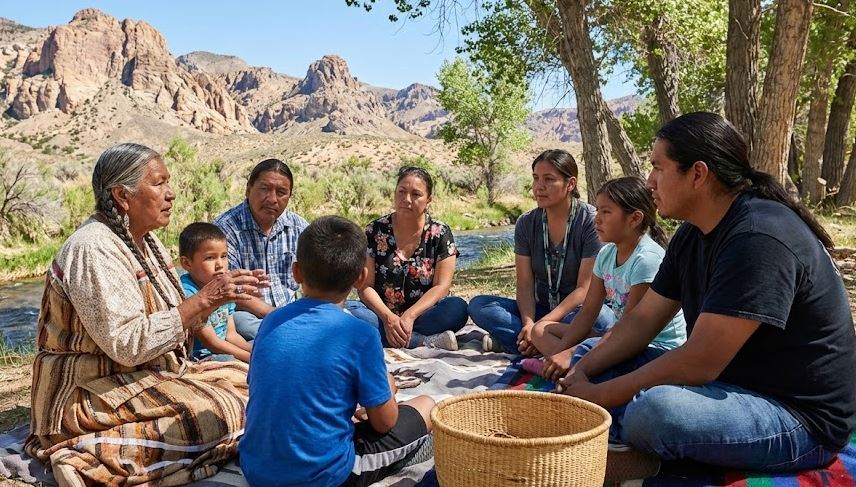The answer is a fascinating story of indigenous heritage, rival European empires, and a Quaker’s humble objection to a king.
The King's Charter: The Province of Pennsylvania
The name "Pennsylvania" was officially given in 1681. The story begins with a massive debt.
King Charles II of England owed £16,000 (a staggering sum at the time) to Admiral Sir William Penn, a respected naval commander. When the Admiral died, the debt passed to his son, also named William Penn.
As a member of the Religious Society of Friends (the Quakers), the younger William Penn faced persecution in England. He sought to establish a colony in the New World as a "holy experiment"—a place where people of all faiths, especially Quakers, could live and worship in peace.
Penn approached the King with a proposal: in exchange for the £16,000 debt, he would accept a vast tract of land in America. The King, likely happy to settle a large debt so easily, agreed.
On March 4, 1681, the charter was signed. The King himself named the territory "Pennsylvania" in honor of the late Admiral Penn. The name combines the Admiral's surname with the Latin word sylvania, meaning "woodlands," to create "Penn's Woods."
The younger William Penn was reportedly horrified by the name. As a Quaker, he valued humility and simplicity. He feared that people would think he had named the colony after himself out of vanity. He even tried to bribe the King's clerks to change it to "New Wales" or simply "Sylvania." The King, however, insisted, and the name "Pennsylvania" became law.
So, the most direct answer is that before statehood, the area was legally known as the Province of Pennsylvania.
Before Penn: The Land of the Lenape
Of course, the land was not empty, waiting for a royal charter. For thousands of years, the region was the home of several sophisticated Native American nations.
The dominant group in the eastern part of the territory—the area that includes modern-day Philadelphia, the Delaware Valley, and the Lehigh Valley—was the Lenape (pronounced luh-NAH-pay). The Lenape, who were later called the "Delaware" by the English, were the first people William Penn encountered.
Penn's famous treaty with the Lenape in 1682 is a legendary part of Pennsylvania's story, establishing a (sadly, short-lived) period of mutual respect and peace. Other prominent tribes across the vast territory included the Susquehannock in the central region and, later, the Shawnee and Iroquois (Haudenosauee) who had significant influence.
The European Rivals: New Sweden and New Netherland
Even before William Penn's charter in 1681, other European powers had already laid claim to parts of the region, particularly the vital Delaware River.
-
New Sweden (1638–1655): The first permanent European settlement in what would become Pennsylvania was established by the Swedes. Their colony, New Sweden, was centered around Fort Christina (in modern-day Wilmington, Delaware) but had settlements reaching up the river into the Philadelphia area, such as Tinicum (the "Printzhof").
-
New Netherland (1655–1664): The ambitious Dutch, based in New Amsterdam (now New York), saw New Sweden as a threat. In 1655, the Dutch director-general, Peter Stuyvesant, sailed down and conquered New Sweden, absorbing the territory into the larger Dutch colony of New Netherland.
-
The English Takeover (1664): The Dutch didn't hold it for long. In 1664, the English seized New Netherland and all its holdings. The land was granted to the Duke of York, and the region was simply considered part of the English claim until William Penn's charter carved it out as a separate colony in 1681.
From Province to Commonwealth
The Province of Pennsylvania was one of the 13 original colonies that rebelled against Great Britain. After the American Revolution, it formally became a state.
On December 12, 1787, Pennsylvania became the second state to ratify the new U.S. Constitution.
When it formed its own state constitution, it adopted the official name "The Commonwealth of Pennsylvania." The term "Commonwealth" (also used by Virginia, Massachusetts, and Kentucky) was chosen to emphasize that the new state's government was founded on the "common good" of its people.




